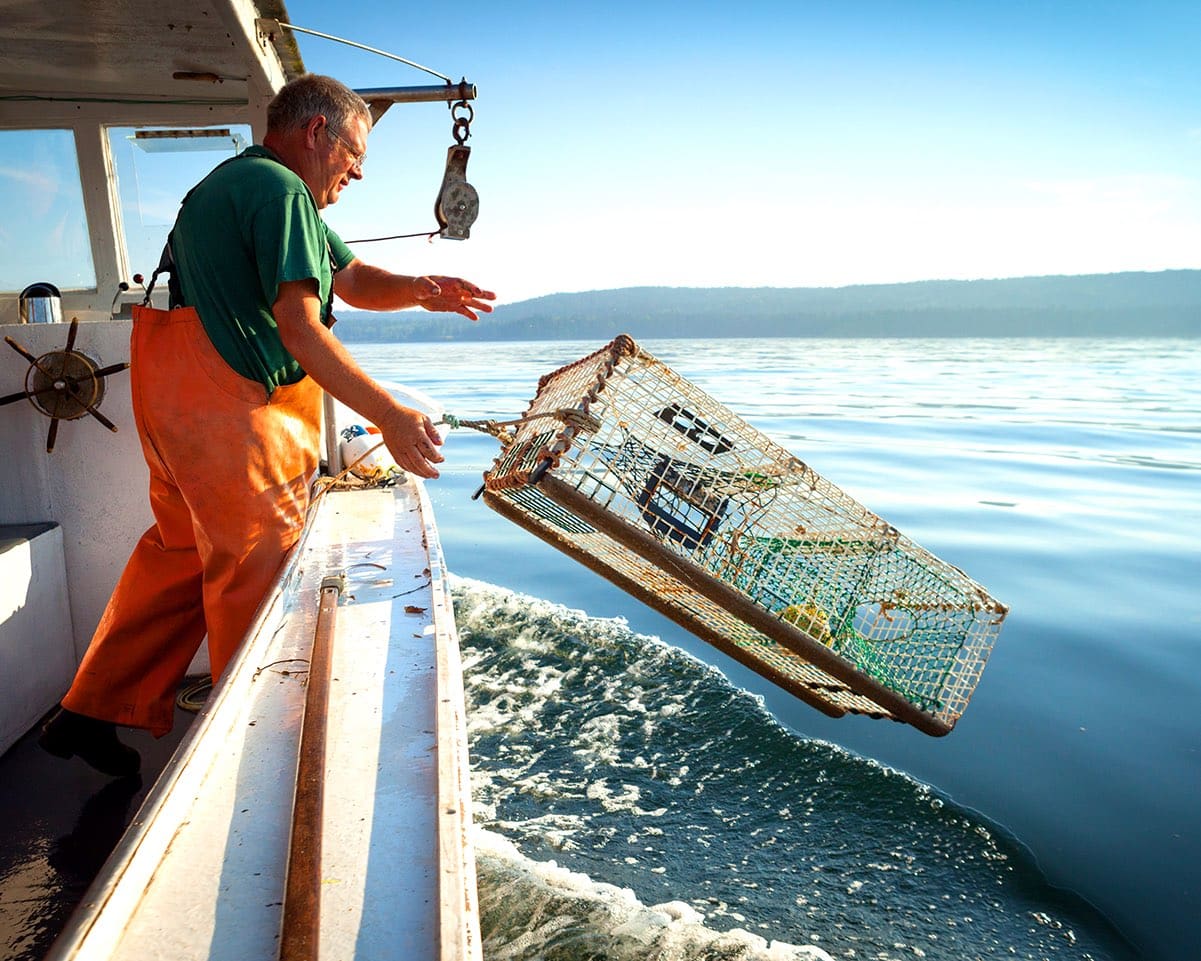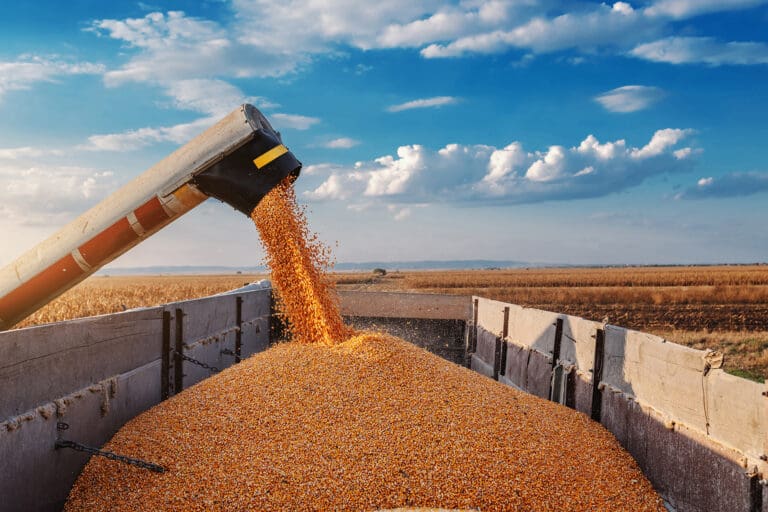Upwards pressure on tilapia, pangasius, & catfish
The frozen fillet market for tilapia, pangasius, and catfish is facing shifts due to various supply and demand factors, including ocean freight rates, weather conditions, and supply chain disruptions.
Tilapia prices have risen steadily over the past year. U.S. importers have lower inventories due to delayed supply improvements in China caused by unusual weather in Guangdong and Hainan, leading to higher fish mortality and smaller fish sizes. Increased freight rates, driven by geopolitical tensions and container shortages, have added to costs, with Chinese packers shifting pricing from CFR to FOB, transferring the burden to buyers.
The Vietnamese pangasius market remains stable but faces challenges with higher replacement costs due to volatile freight costs and supply chain disruptions. While demand is fair to moderate, higher ocean freight rates and container shortages are affecting pricing stability, leading to reported higher wholesale prices.
The catfish market from China is experiencing upward supply pressure between harvest seasons. Combined with higher freight rates, this has allowed prices to firm up after remaining steady earlier in the year. Recent strong sales, driven by the increasing price of tilapia, have made catfish a more attractive alternative.
Overall, higher freight costs, container shortages, and supply chain disruptions suggest that wholesale prices for these species could strengthen if demand remains steady. The market remains volatile, with future pricing dependent on resolving current issues and stabilizing freight costs. Strategic adjustments and close monitoring of freight and supply chain dynamics will be crucial for stakeholders moving forward.
Illex squid market: price trends and freight costs
The Illex squid market has seen a m-o-m decrease in prices of approximately 4.5% FOB China for U5, U7, and U10 tubes, as well as 3-6 cm rings. However, the price decrease for Illex squid tubes and rings is smaller for CIF Europe. In May, two key factors influenced the price of Illex squid: landing volume and freight costs.
Argentina Squid Landings: Historically, Illex squid landings peak between January and June, coinciding with the permitted fishing season south of 44°S. Conversely, lower catches occur from September to January due to fishing bans aimed at protecting juvenile squid. The cumulative landing for the first five months of this season is 149,916 MT (including June), representing 97.8% of the 2023 Illex squid volume. Market participants face challenges in locating squid schools, resulting in irregular landings. Despite this, the Argentine industry remains optimistic about reaching the 2023 volume.
Freight Costs: The primary volume of Illex squid consumed in Europe comes from Argentina, where it is caught. Processing occurs in both China and Spain. China accounted for 28.29% of the importation during 2024. Recently, transportation costs from China to Europe increased by 46.2% m-o-m, as reported by Mintec Analytics. Rising shipping costs are likely due to increased demand in early May and tension in the Red Sea buyers and producers await more affordable freight costs



